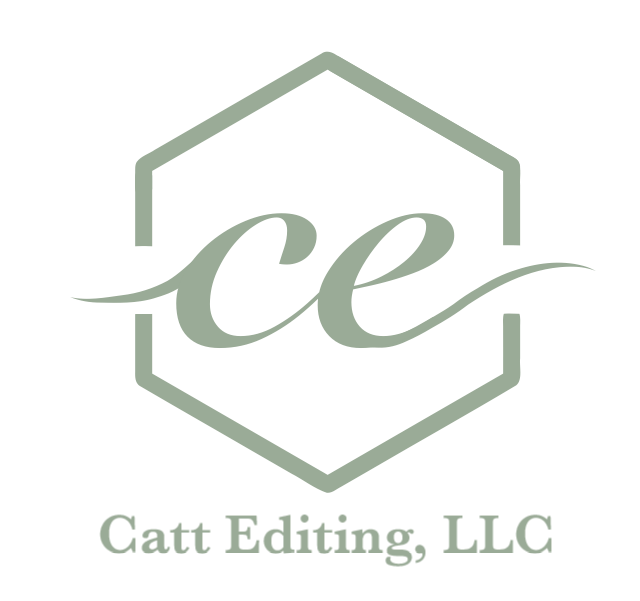That vs. Which
The difference between that and which is one that—uh, which?—needs some clarity. I see people getting this confused all the time in their writing. So if you’re just guessing, read this post!
Simple answer: Which is not just a fancy version of that. I know, I know. I thought that too at one point. But it’s true . . . unless you’re in the UK. Then it really is just a fancy version of that. (No, I’m not kidding. That and which are interchangeable in the UK but not in the US.)
Who
Let’s start with who. This is the third option when trying to decide if you should use that or which, but this is a little easier to know when to use. This is used when referring to a person (and sometimes animals). Here’s an example:
She is the one who stole the car.
Pretty simple. If you’re referring to a person, use who.
When to use that and which relates to essential and nonessential clauses.
That
That introduces essential clauses. These are clauses within the sentence that are absolutely essential to the meaning of the sentence. If you remove this clause, the sentence does not hold its meaning any longer. No commas are necessary for essential clauses. Here are some examples:
I like the pie that Charles baked.
Removing “that Charles baked” leaves us with “I like the pie.” What pie? Who baked the pie? If a judge at a pie baking competition said this, it would be a completely useless sentence. “That Charles baked” is essential to the meaning of the sentence, so “that” is the best word to use here.
Fred doesn’t like candles that smell like pumpkins.
Removing “that smell like pumpkins” leaves us with “Fred doesn’t like candles.” That’s not true. Fred might like other candles as long as they don’t smell like pumpkins. This clause is essential to the meaning of the sentence, so “that” is the best word to use here.
Which
Which is the opposite. This introduces nonessential clauses, which can be removed from the sentence without it losing its meaning. These clauses have commas surrounding them. Here are some examples:
Steve’s only dog, which is white, went to the vet today.
Steve only has one dog, so we don’t need a description of the dog to know which dog this person is talking about already. “Steve’s only dog went to the vet today” makes perfect sense, and we didn’t lose any meaning by taking out “which is white.” This is a nonessential clause, so “which” is the best word for this example.
Starbucks just came out with a new drink, which I hope to try tomorrow.
The focus of this sentence is Starbucks’ new drink. The fact that I want to try it tomorrow is nonessential information added for more context. Removing this clause does not affect the sentence’s meaning; Starbucks still came out with a new drink whether or not you know I want to try it tomorrow. “Which” is the correct word here.
Here is an example of how each word can change the sentence a little bit:
She is on an amazing team that wins every game. (The team is amazing because it wins every game.)
She is on an amazing team, which wins every game. (The team is amazing, and coincidentally, it wins every game.)
And another:
The car that is blue is in the garage. (Suggests there is more than one car. The way to know which car this person is talking about is by color, so it’s essential to know that this car is blue. Maybe the green car is on the driveway.)
The car, which is blue, is in the garage. (Suggests there is only one car. It turns out that it’s blue, but it’s not necessary to know the color of the car. We would know which car they were talking about without knowing the color.)
To sum up:
Who is for people and sometimes animals.
That is for information that is vital to the sentence’s meaning.
Which is for adding extra information, which is nonessential to the sentence’s meaning.
To get updates about more free tips and advice from experts (like this), make sure to subscribe here!
